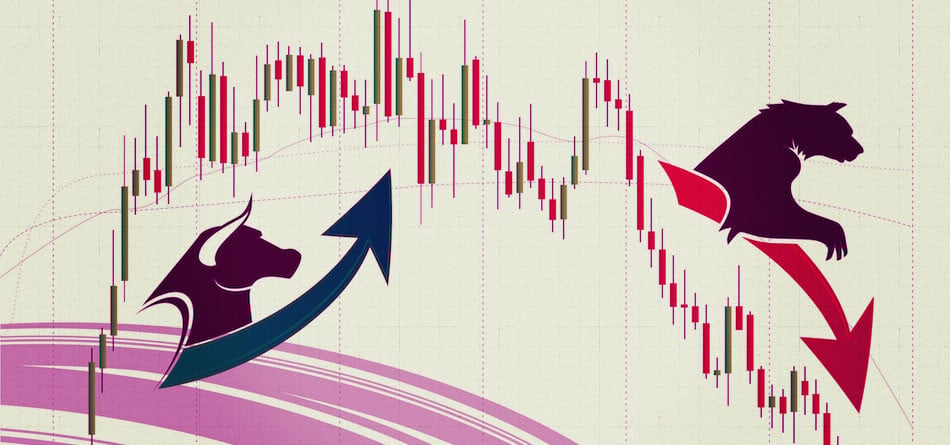The influx of retail traders into options markets is making life harder for institutional trading desks.
More than half (54%) of the institutional options traders participating in a new study from Coalition Greenwich say the recent surge in retail trading activity is having a negative impact on their ability to achieve their trading and investment objectives.
https://twitter.com/CoalitionGrnwch/status/1481262669512519682
U.S. options trading hit record volumes in 2021, with six record-breaking volume months through November 2021. Contributing to this growth has been a flood of retail traders. The number of options account holders has grown to the highest levels ever, and small-lot trading, indicative of retail trades, has increased to significant levels of market share.
“Institutions want to execute trades with as minimal market impact as possible,” says Shane Swanson, Senior Analyst at Coalition Greenwich Market Structure & Technology and author of Option Market Structure Adapts to Retail Involvement, High Volumes. “When there is a tremendous amount of contra-side flow in small and single lots, that makes executing larger size (e.g., institutional) orders more challenging.”
For all institutions, technology will be the key to unlocking liquidity in a rapidly evolving options marketplace. Integrating technology remains one of the top liquidity challenges cited by market participants.
“The challenge for institutions is to determine the best ways to interact with the market, whether that is through improved technology, enhanced counterparty interactions or even through simple advocacy,” says Shane Swanson.
Option Market Structure Adapts to Retail Involvement, High Volumes presents findings from a series of qualitative and quantitative questions regarding options market structure and related issues of buy-side options firms based in the United States.
Source: Coalition Greenwich














